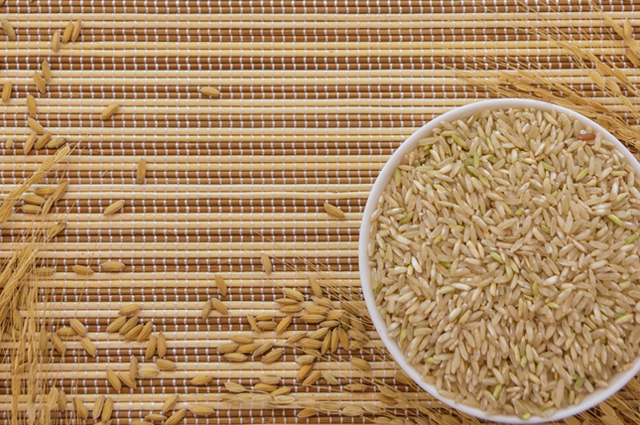Next to being singers, Filipinos are reputed the world over as frequent eaters. Aside from the three square meals, we do have morning and afternoon snacks, and often, another one for midnight. All these foods have loads of carbohydrates, fats, and what have you. We are less than being health-conscious.
The 2013 National Nutrition Survey notes that 3 of every 10 adult Filipinos are obese and overweight— mostly among ladies. Surely, this doesn’t add glamor to a Pia Wurtzbach country!
Even worse, the World Health Organization projects that by 2030, the Philippines will have close to 8 M diabetics, making it the third country with the highest Diabetes mellitus case in the Western Pacific Region, next to China and Japan.
So, what do we do?
Dr. Leonora N. Panlasigui, dean of the School of Nutrition of the Philippine Women’s University, recommends eating brown rice especially for the hypertensive adults, obese, and diabetics.
Panlasigui says it is high time “we educate Filipinos about brown rice.” She adds while white rice is beautiful, brown rice is far richer nutrient-wise than white.
 More health-promoting properties
More health-promoting properties
“Brown rice has more dietary fiber, polyphenols, and antioxidants particularly rice oils,” says Panlasigui.
Dietary fiber improves digestion and helps prevent constipation. She adds it also has “serum cholesterol levels, and when fermented in the colon, it produces short-chain fatty acids, which are beneficial to health.”
An article in the American Journal of Clinical Nutrition titled Polyphenols: Food sources and bioavailability notes that polyphenols “are the abundant micronutrients in our diet; they help prevent cancer and cardiovascular diseases.”
Rice bran oil, on the other hand, is said to be a rich source of antioxidants, which are necessary in fighting certain forms of cancer.
Managing diabetes, losing weight
For diabetics, brown rice is highly recommended.
In a 2006 journal article, Panlasigui and Lilian U. Thompson of the University of Toronto noted that “brown rice is a more health-beneficial food for diabetics and hyperglycemic individuals than white rice.”
Brown rice has lower glycemic index (GI) than white.
GI ranks carbohydrates from 0 to 100 based on the level in which they raise blood sugar level after eating according to the University of Sydney-based Glycemic Index. It adds that “low-GI diets have been shown to improve glucose and lipid levels in people with diabetes types 1 and 2.”
For weight management, brown rice shows promise as well.
“Brown rice is more feeling of satiety, so you eat less,” says Panlasigui. As a nutrition consultant, she has long been recommending brown rice to overweight hypertensive patients.
“We should start feeding growing children with brown rice,” says Panlasigui.
Dr. Panlasigui was a recipient of the Outstanding Professional in Nutrition and Dietetics Award by the Professional Regulations Commission.
Table 1. Chemical composition of brown and white high-amylose (IR42) rice (%dry basis).
| Brown Rice | White Rice | |
| Ash | 1.4 | 1.0 |
| Protein | 8.9 | 9.4 |
| Fat | 2.4 | 1.5 |
| Total CHO | 87.2 | 88.1 |
| Dietary Fiber | 4.4 | 1.9 |
| Available CHO | 83.6 | 86.1 |
| Amylose | 29.1 | 29.5 |
| Phytic acid | 0.9 | 0.4 |
| Total polyphenols a | 70.0 | 40.0 |
Panlasigui, L. N., & Thompson, L. U. (2006). Blood glucose-lowering effects of brown rice in normal and diabetic subjects. International journal of food sciences and nutrition, 57(3-4), 151-158.




